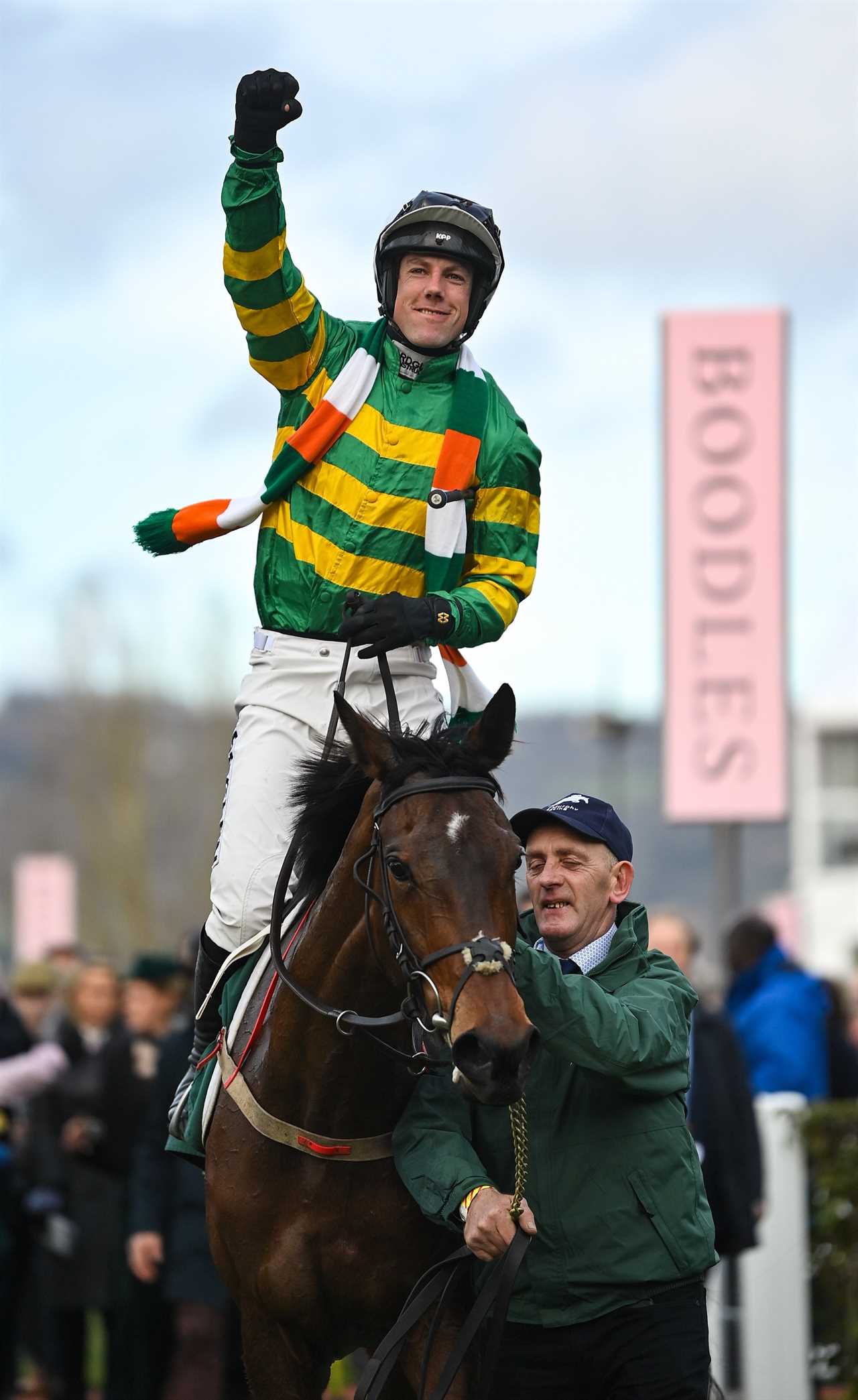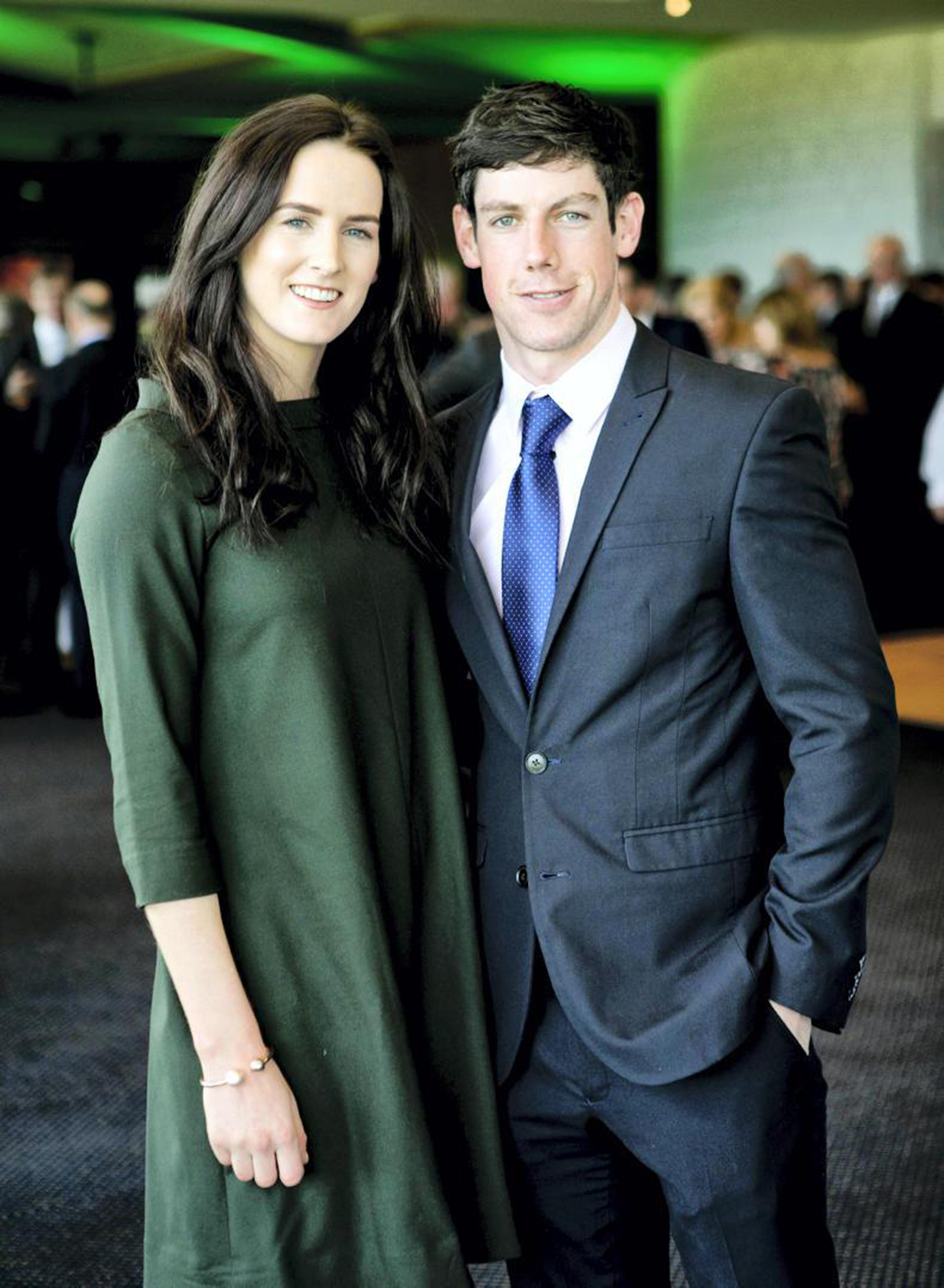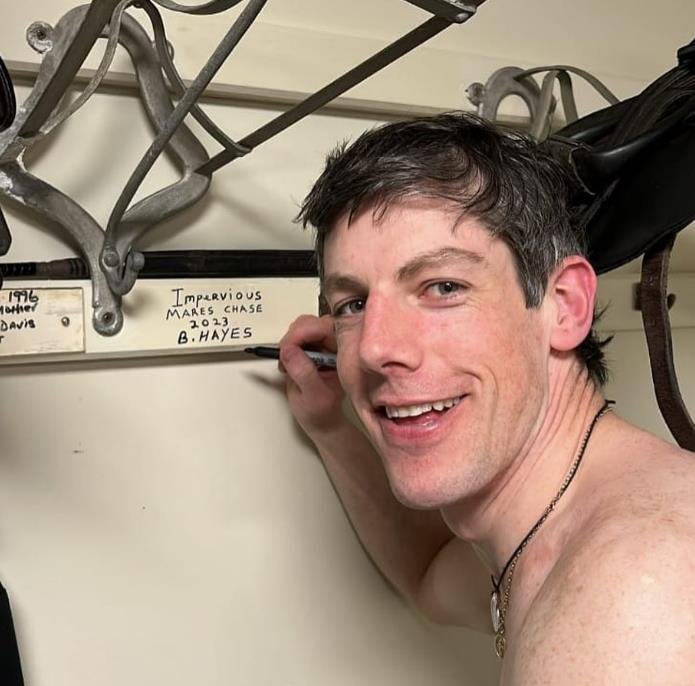
A Rising Star in the Racing World
Rachael Blackmore is gearing up to take the reins once more at the prestigious Grand National, even after facing a suspension for rule breaches during the Cheltenham Festival. The trailblazing 35-year-old made history in 2022 by becoming the first female jockey to clinch the Gold Cup, triumphing by an impressive 15 lengths aboard A Plus Tard.
Behind the Scenes: Rachael’s Partner in Racing
While Rachael continues to make headlines, her personal life is equally fascinating. She shares her life with Brian Hayes, a fellow jockey whose own career is nothing short of remarkable. Born in July 1988 and raised in Rosscarberry, County Cork, Brian has been making waves in the racing scene since his first win in March 2008 with Grancore Girl at Clonmel.
Early Beginnings and Notable Wins
Brian’s professional journey took off swiftly. Just 13 days after his inaugural victory, he celebrated another win in Limerick. By September 2011, he secured his first professional win on Ardglen, trained by Shark Hanlon, at Listowel. Demonstrating his consistency, Brian won again on the same horse at Clonmel two days later.
Highlighting a Stellar Career
Brian’s career is decorated with significant achievements. In 2017, he rode Conduct Yourself, under the guidance of John Kiely, to victory in the Easter Handicap Hurdle at Cork. The previous year, he claimed another strong performance on Ancient Sands at Killarney. Additionally, in 2015, Brian partnered with Hidden Cyclone, trained by Shark Hanlon, to win the Grade 2 thetote.com Fortria Chase at Navan.

Life Together: Balancing Love and Racing
The duo’s relationship has been a steady presence in the racing circuit for several years. Brian shares fond memories of their time together, recalling how their daily routines often revolved around races. “When I moved in with Rachael,” Brian reminisces, “Brian Hayes, ourselves and I would be going racing most days. Rachael used to do a lot of baking on those days – it was her way of unwinding.”
A Supportive Partnership
Rachael has spoken openly about their living arrangements, sharing that she resides with two other jockeys, Patrick Mullins and Brian Hayes, in a comfortable home in Leighlinbridge, Carlow. “I am going out with Brian Hayes, so there are three of us here. It is a great house to live in and it is in a really good location,” she revealed on Doireann Garrihy’s Laughs Of Your Life podcast.
Competing in the Same Arenas
Brian’s involvement in major racing events is notable. At last year’s Cheltenham Festival, he rode several horses trained by Willie Mullins, including Adamantly Chosen, Dads Lad, Chapeau De Soleil, and Cinsa. His competitive spirit also saw him race against Rachael in the Grand National, where he guided Mr Incredible at Aintree.
Looking Ahead: What’s Next for Brian?
Despite Rachael’s upcoming participation in the Grand National, Brian is expected to sit out the 2025 event. Nevertheless, both jockeys continue to focus on their careers, aiming for success in upcoming races. Rachael remains eligible for the Grand National despite her recent suspension, which stems from a whip breach during a Class 1 race, resulting in a six-day suspension from March 28 to April 2, 2025.

Continuing the Legacy
As Rachael Blackmore prepares for her next big race with Minella Indo, the support from her partner Brian Hayes remains integral. Their shared passion for horse racing not only strengthens their bond but also contributes to their individual successes on the track.
A Dynamic Duo in the Racing World
Together, Rachael and Brian exemplify dedication and excellence in the high-stakes world of horse racing. Their journey is a testament to their resilience and commitment, inspiring many within the racing community and beyond.
Frequently Asked Questions
What diet is the most suitable for a horse that races?
A racehorse's diet must be high in quality and precisely balanced to meet the energetic demands of training and racing. The diet is usually a mixture of high-quality hay, grains like oats and barley, as well as commercially prepared racehorse feed. The diet should also be supplemented by essential vitamins and mineral to promote overall health and performance.
What are the necessary health precautions when training a racing horse?
It is important to pay close attention to the health of a racehorse in order for it not be injured or ill. Regular veterinary examinations, vaccinations dental care and hoof management is essential. Equally important is monitoring the horse for signs of fatigue, strain, or discomfort. Implementing a well-thought-out training regimen that allows for gradual progression in intensity can help minimize the risk of musculoskeletal injuries.
Can you train a racehorse on any track?
Although the horse can train on various tracks initially, specific racing training requires facilities which simulate the conditions that the horse is likely to face in competition. This means that you need to have tracks that are of the correct size, with the same kind of surface your horse will be racing. This helps to condition horses and allows them to become familiar with that specific racing environment.
What role does a jockey play in the training of a racehorse?
Jockeys play an essential role in training racehorses. Jockeys not only provide feedback to the horses on their performance during training, but they also educate the horses about racing tactics such as pacing and positioning. A good jockey will become familiar with the horse's strengths as well as its weaknesses. This is vital for race preparation.
How can I prepare my horse for racing?
It is important to condition a horse gradually. This includes long distance training to build stamina along with shorter workouts that increase speed. The horse's cardiovascular system, musculature, and skeletal structure must be strengthened over time through a carefully designed exercise regimen that mimics the rigors of racing without causing injury or undue stress.
What is the importance of a horse's pedigree to racing success?
Pedigree is a good indicator of potential but it's not the only factor that determines a horse's performance. While a horse's pedigree may indicate a inherited talent for speed and endurance, other factors such as training, health, or temperament also play a role. Good training can help a horse maximize its natural abilities. It may even be able to outperform other horses with better pedigrees.
Statistics
- The average racehorse reaches its peak physical ability between the ages of four to five, with some variation based on the breed and individual development.
- The majority of racehorses in training are subject to an exercise regimen that includes being ridden six days a week.
- The Injury Database from The Jockey Club reports that synthetic racing surfaces have a lower horse fatality rate than dirt tracks, with a statistically significant difference of 1.2 fatalities per thousand starts on synthetics compared to 2.0 on dirt tracks.
- An extensive survey indicated that over 90% of racehorse trainers utilize swimming as a low-impact exercise in their conditioning routines.
- Statistically, less than 1% of thoroughbred foals born each year will go on to win a stakes race.
- The average cost to train a thoroughbred racehorse for one year can exceed $50,000, accounting for expenses related to training, boarding, and veterinary care.
External Links
How To
How to Choose the right race-specific equipment for your horse
When outfitting your racehorse, choose lightweight, durable tack to improve performance without weighing the animal down. Racing saddles have been designed to be lightweight and interfere with the horse's speed as little as possible. You should use racing bridles with a slim profile and a strong construction to give you control while avoiding unnecessary bulk. Choose racing plates instead of traditional horseshoes to enhance traction and speed on the track. To prevent injuries and to maintain comfort, ensure that your tack is fitted properly.
 CricketBoxingFormula 1GolfHorse RacingPremier LeagueTennisPrivacy PolicyTerms And Conditions
CricketBoxingFormula 1GolfHorse RacingPremier LeagueTennisPrivacy PolicyTerms And Conditions
